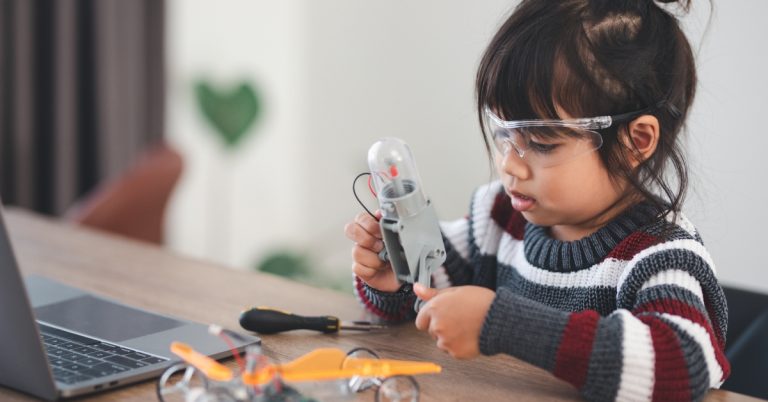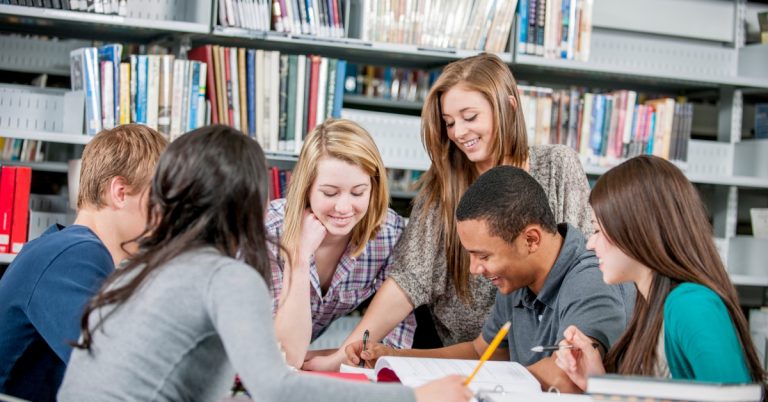In an era where traditional educational models often face criticism for fostering passive learning, the concept of active learning emerges as a beacon of hope – promising to engage students in meaningful ways while unlocking their full potential. Active learning, which encourages students to take charge of their educational journey through participation, collaboration, and critical thinking, stands in stark contrast to conventional methodologies. As educators and institutions strive to create dynamic, engaging classrooms, understanding the principles and benefits of active learning becomes more crucial than ever.
The Shift from Passive to Active Learning
Traditionally, classroom learning has revolved around lectures, where students passively absorb information from the instructor. While this approach can impart knowledge, it often fails to stimulate critical thinking, creativity, and engagement. Active learning, on the other hand, invites students to delve deeper into subject matter through discussions, problem-solving sessions, group work, and hands-on activities.
The shift to active learning comes as a response to evolving educational needs. Modern classrooms are no longer mere hubs for content delivery – they are places where students should develop skills essential for the 21st century, including collaboration, communication, and problem-solving. These skills are vital for success beyond the classroom in an increasingly interconnected world.
Key Principles of Active Learning
Active learning encompasses a range of instructional strategies, all aimed at promoting engagement and participation. Some key principles include:
Collaboration: Students work together in groups or pairs, allowing them to share ideas, challenge each other’s assumptions, and engage in collective problem-solving.
Critical Thinking: Active learning emphasizes inquiry and exploration, encouraging students to analyze information, make connections, and develop their perspectives rather than solely memorizing facts.
Practical Application: Learning is most effective when students can apply theoretical knowledge to real-world scenarios, enhancing their understanding and retention of concepts.
Feedback and Reflection: Students receive immediate feedback from peers and educators, which aids in the learning process. Reflection on their experiences reinforces their understanding and allows for adjustments in their approach to learning.
Transforming Classroom Engagement
The implementation of active learning strategies has profound implications for classroom engagement. Here are several ways in which it transforms the educational experience:
1. Increased Student Motivation
Active learning captivates students by making them active participants in their education. Through engaging activities, students are motivated to take ownership of their learning, leading to increased enthusiasm and a genuine interest in the material. This motivation is essential in today’s fast-paced digital environment, where distractions abound and student disengagement is a significant concern.
2. Enhanced Retention of Knowledge
Research suggests that students who engage in active learning retain information more effectively than their passive counterparts. By applying concepts and engaging in discussions, students reinforce their understanding, leading to better long-term retention of knowledge. This shift has profound implications for academic achievement and lifelong learning.
3. Development of Critical Skills
Active learning fosters essential skills, such as teamwork, communication, and problem-solving. As students collaborate to tackle complex issues, they learn to listen, articulate their thoughts, and synthesize diverse perspectives. These skills not only enhance academic performance but also prepare students for the collaborative nature of the modern workforce.
4. Improved Classroom Dynamics
Active learning creates a more inclusive classroom atmosphere where all voices are heard. This participatory approach encourages shy or reserved students to engage, leading to richer discussions and a greater sense of community. The result is a classroom dynamic characterized by respect, understanding, and shared responsibility for learning.
5. Tailored Learning Experiences
Active learning allows for differentiated instruction, enabling educators to cater to diverse learning styles and needs. By utilizing various methods—such as group projects, role-playing, and interactive technology—teachers can create customized learning experiences that resonate with each student. This flexibility fosters a more personalized educational journey, empowering students to excel.
Conclusion
As we navigate the complexities of modern education, the imperative to adopt innovative teaching practices becomes increasingly clear. Active learning, with its emphasis on engagement, collaboration, and critical thinking, represents a transformative shift that unlocks students’ potential. By creating rich, interactive, and supportive learning environments, educators can inspire a generation of learners who are not only knowledgeable but also equipped with the critical skills needed for success in an ever-evolving world.
The challenge now lies in fully embracing and integrating active learning strategies across educational landscapes, ensuring that every student has the opportunity to thrive. In doing so, we unlock not only individual potential but also the collective potential of our communities, societies, and future generations.



